Laboratory of Electrophysics
|
Department: Department D 6 - Electrical Engineering and Electrophysics Head: Ing. Jan Gruber, Ph.D. |
|
In our Laboratory of Electrophysics we deal with research and other activities comprising and combining electronics, fundamental physics and material sciences. We worked at research of thermal plasma and discharges and their applications for metal cutting and more recently applications for surface modification or synthesis of novel materials. We also deal with short-term energy storage in magnetically levitated flywheels and generation of plasma by convergent detonation wave in combustible gases mixture. This has applications in energetics. Furthermore, we currently develop research of processes of surface hardening by high-speed impacts via “plasma shock peening” method and design of electrically controlled meta-materials constituted by 3D printing. |
Research scientists
Ing. Robert Cimrman, Ph.D.
is currently a researcher with the Department of Electrical Engineering and Electrophysics. He graduated in Applied Mathematics and received his Ph.D. degree in Applied Mechanics from the University of West Bohemia. He involves in implementation of numerical algorithms in the SfePy package, which specializes in multiscale multiphysics simulations. Since 2017 he worked in D4 department where he cooperated on numerical modeling in elastodynamics. Since 2022 he engages in electroactive material modelling.
Ing. Jan Gruber, Ph.D.
is currently a researcher with the Department of Electrical Engineering and Electrophysics. He graduated in Information Systems in Physical Engineering and received his Ph.D. degree in Physical Engineering form the Czech Technical University in Prague. He dealt with analysis of non-stationary phenomena in thermal plasma by Fourier and wavelet analysis and analysis of experimental data with high spatial and temporal resolution. Currently he engages in several projects according to his expertise. Since 2022 he is the head of Laboratory of Electrophysics.
Ing. Radek Kolman, Ph.D.
is currently a researcher with the Department of Electrical Engineering and Electrophysics. He graduated and received his Ph.D. degree in Mechanics of Solids, Deformable Bodies and Continua from the Czech Technical University in Prague. Since 2009 he worked in D4 department where he developed numerical methods for wave propagation and impact mechanics. Since 2022 he engages in dynamics of controllable meta-materials based on electroactive, piezoelectric and flexoelectric materials constituted by 3D printing.
Ing. Ladislav Musil, Ph.D.
is currently a researcher with the Department of Electrical Engineering and Electrophysics. He graduated and received his Ph.D. degree in Electroenergetics from the Czech Technical University in Prague. He dealt with modeling and design of induction heating and electroenergetics devices. Currently he engages in modeling of piezoelectric systems in FEM program COMSOL.
Ing. Jiří Šonský, Ph.D.
received his Ph.D. degree in Physical Engineering from Czech Technical University in Prague, Czech Republic in 2008. His research interests are mainly in the area of magnetokumulative plasma sources, thermal plasma jets and their optical diagnostics. His research also involved design of plasma torches and devices for plasma diagnostic methods based on fibre optics. He is named as the inventor and co-inventor on several recent Czech Republic Patents, mainly on emerging technology Plasma Shock Peening, magnetic bearings and electro/fluidic signal converting devices. Since 2021 he is the Head of the Department of Electrical Engineering and Electrophysics.
Postdoctorands
--
PhD students
MSc. Xavier Clayton Arnoult
is currently Ph.D. student. In his studies at University of Chemistry and Technology Prague, he deals with the influence of surface hardening by modern methods on corrosion resistance and micro-structural changes. Until the end of 2024 he was with the Department of Electrical Engineering and Electrophysics.
Ing. et Ing. Radim Dvořák
is currently Ph.D. student with the Department of Electrical Engineering and Electrophysics. He graduated in Transport Systems and in Applied Mechanics at CTU Prague. In his Ph.D. studies at Czech Technical University in Prague, he develops asynchronous multi-steps algorithms and occupies himself with domain decomposition in FEM.
Students
Vojtěch Kotek
is Bc. student at the Faculty of Transportation Sciences, CTU in Prague. He focuses on experimental methods in mechanics and dynamics and the use of smart materials.
Jaromír Kylar
is Bc. student at the Faculty of Transportation Sciences, CTU in Prague. He focuses on experimental methods in mechanics and dynamics and the use of smart materials.
Jindřich Bouška
is Bc. student at the Faculty of Mechanical Engineering, CTU in Prague. He focuses on experimental methods in impact mechanics and 3D printing technology. He is collaborating on a hydrogen bus project.
Fellow workers
Jakub Fink
Current research
Magnetic pseudolevitation and energy storage in flywheels
We investigate possibilities of energy storage in flywheels that area magnetically levitated in order to eliminate friction losses. The advantage of this method is its robustness, scalability and virtually unlimited number of cycles. We have developed several actively stabilized flywheels operating at normal conditions (room temperature) and we demonstrated this technology at EXPO 2020 Dubai. Flywheel rotor is kept in meta-stable position by the strong permanent magnet, the position is sensed by Hall sensors and stabilized in feedback loop by auxiliary electromagnets.
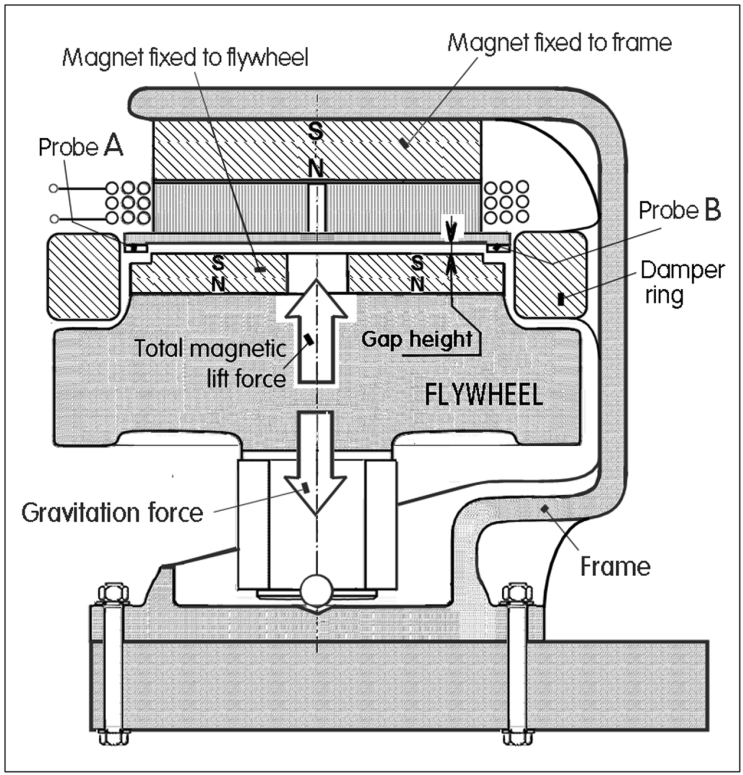
Fig. 1. Magnetically levitated flywheel schematics
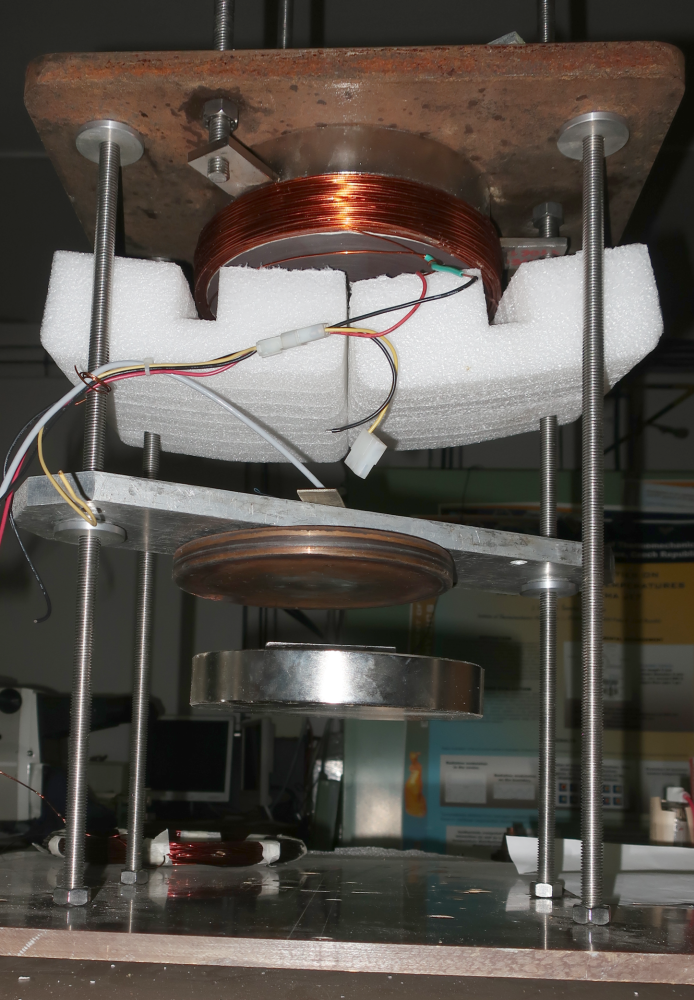
Fig. 2. Magnetically levitated flywheel prototype
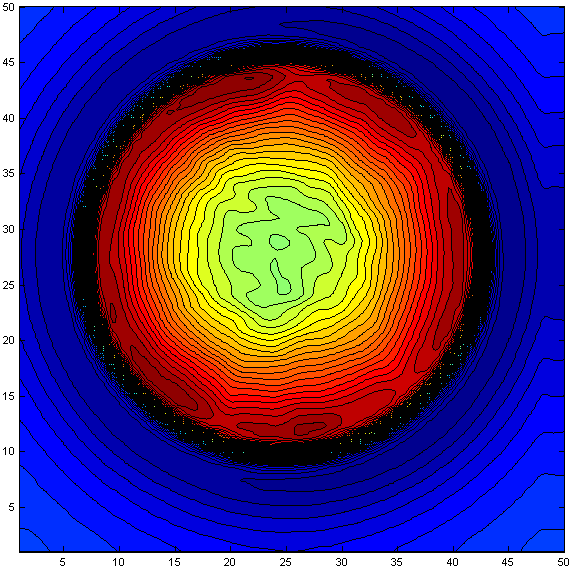
Fig.3. Magnetic field intensity and asymmetry mapping for permanent magent
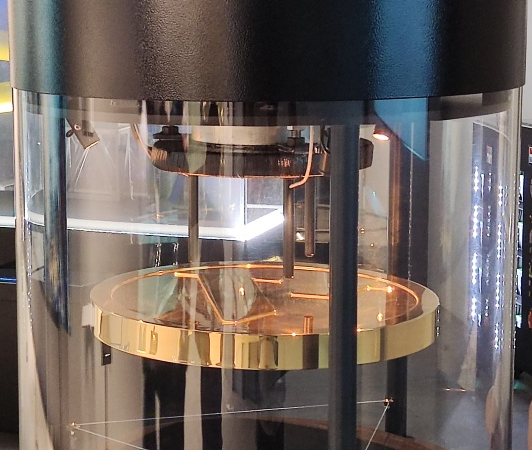
Fig.4. Magnetically levitated „coin“ at EXPO 2020 Dubai
Spark discharges with high repetition rate
One of the possibilities in material synthesis is utilization of plasma spark discharges in gas or liquid. This leads to ablation of electrodes material, its agglomeration and mixing on nanoscale or microscale. We engage in research, analysis of properties and optimization of these rapid discharges, we examine their dynamics and liberated solid material. We have observed aerosol synthesis of platinum nanoparticles and discharges between mixed iron-titan electrodes. This research was kick-started by team of Tomáš Němec and develops very successfully as synthesis of new catalytic material for hydrogen technologies and other electrochemical applications in allied Laboratory of Hydrogen Technologies. We have also synthesized aluminum microparticles by discharges between multiple small aluminum fragments in ethanol. Yet another possibilities application of spark discharges lie in EDM (Electrical discharge machining).
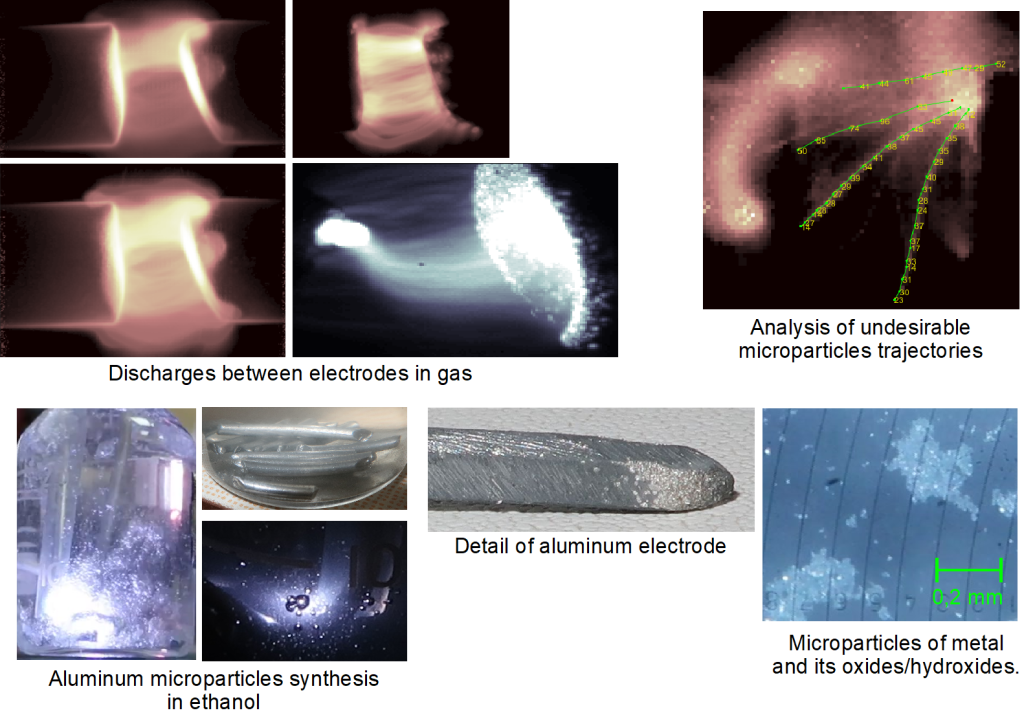
Fig.5. Collage of spark discharge experiments
Plasma shock peening – introduction of residual stress in metal surfaces by microimpactors accelerated by plasma and dynamic behavior of materials
We develop the method of generating ultrashort sub-microsecond pluses for serial generation of plasma accelerated microimpactors. The plasma accelerates polymer flyer which impacts rapidly onto material surface and creates shockwave. This shockwave leaves residual stress in surface layers of processed material. This improves properties of components, especially their crack resistance. The method and device developed in our laboratory is an alternative to quite expensive LSP (laser shock peening) method which needs large laser systems.
We also research effects of hi-speed impacts of objects and identify dynamic behavior of materials during rapid deformations. We use Taylor test for that.
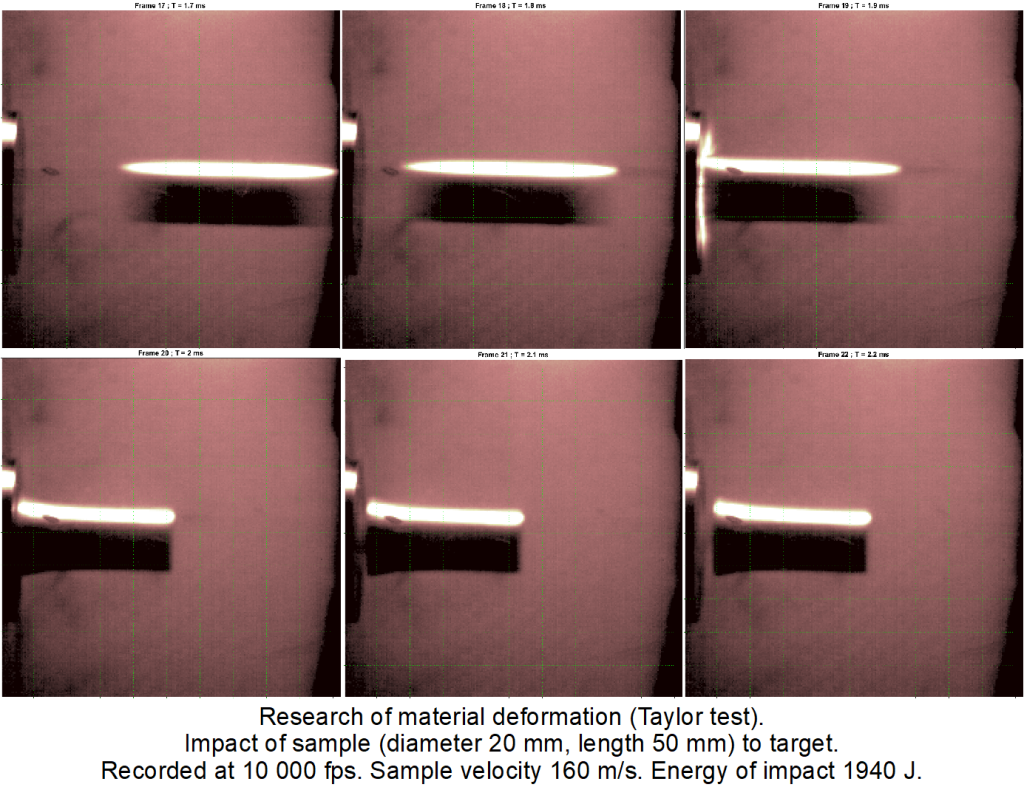
Fig.6. Research of material deformation (Taylor test)
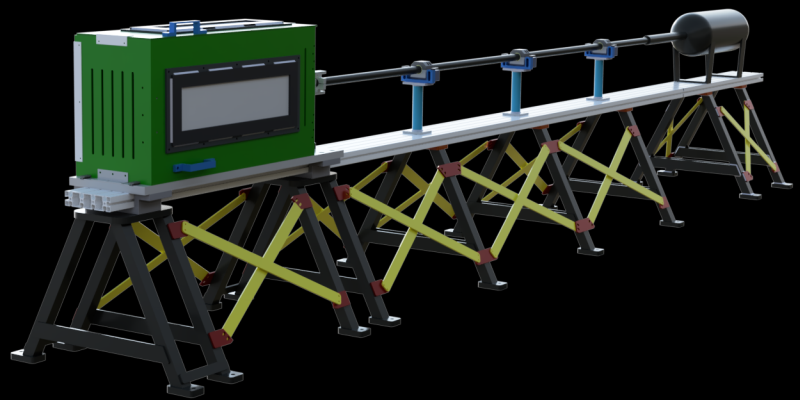
Fig.7. Air-gun for research of material deformation
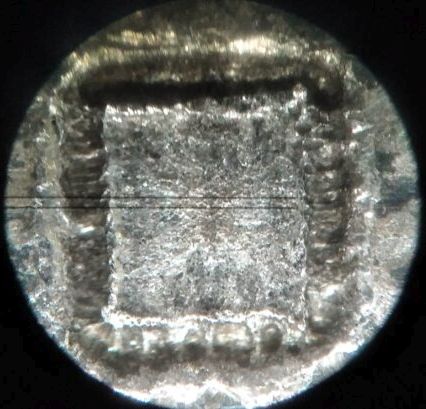
Fig.8. Micrograph of 1x1 mm area of metal surface after plasma accelerated microimpactor impact.
Planned research and activities
Multiphysics of electroactive materials and controllable metamaterials
A modern topic in the field of mechanics is the research of the behavior of metamaterials - structures with a periodic structure, which show significantly different behaviour than the structure material itself. In this area, we research the behavior of controllable metamaterials based on electroactive materials that can be produced by 3D printing. The research is aimed at the usage of controllable metamaterials for the control of wave processes in bodies, control of their stiffness and dynamic response, controllable deformations and curvatures of the surface of bodies, modulation of stress waves and design of structures in time of variable mechanical quantities. The use of various smart materials based on piezoelectric, flexoelectric and electroactive polymers in technology is subsequently focused on the development of sensors, transducers, actuators, active elements for controlled gripping mechanics in soft robotics and artificial muscles, development of slip-stick rotary mechanism for space applications, embedded sensors / actuators into composite structures, harvesting of electrical energy from mechanical deformation, etc. Advanced numerical methods for multi-physics of smart materials and impact tasks in open source software SfePy are employed, we also use open source software FEniCS and commercial software COMSOL for multi-physics tasks of smart materials.
Current projects: GACR 22-00863K Controllable metamaterials and smart structures: Nonlinear problems, modeling and experiments. Co-researchers Faculty of Applied Sciences, UWB in Pilsen and Bundeswehr University Munich.
Past research
Analysis of dynamic phenomena in thermal plasma by optical methods
In the previous years, we examined dynamic phenomena in thermal plasma jets of argon plasma torch and examined stability of electric arc of cutting air plasma torch. Coherent structures in plasma flow were classified and examined according to their source (input current fluctuation, hydrodynamic effects, system geometry) and operating parameters. We had mapped plasma flow velocities by correlation methods. We had improved and applied experimental and computational tomographic methods for reconstructing both planar and volumetric plasma radiation intensities. In cooperation with Paul Sabatier University – Toulouse team we engaged in calculation-conversion of radiation intensities to real plasma temperatures and developed methods to examine dynamics of temperature development with high spatio-temporal resolution. We examined processes on cutting plasma torch electrodes and cooperated with Thermacut, s.r.o. in designing improved nozzles for such devices.
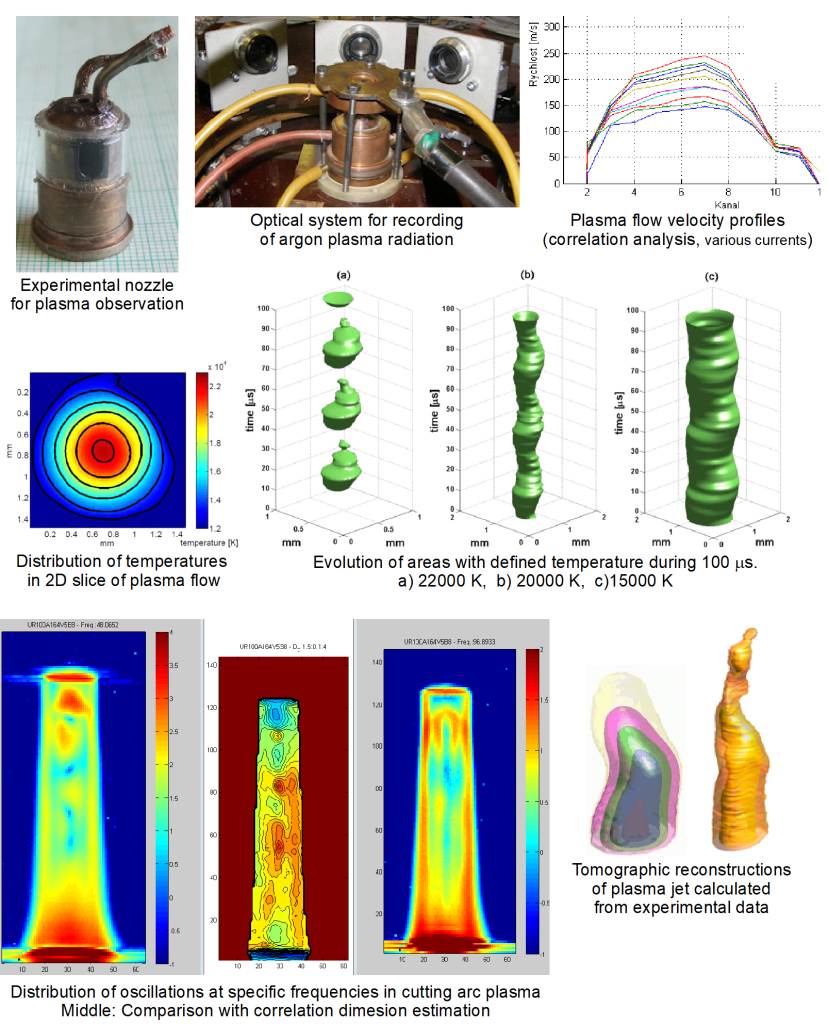
Fig.9. Collage – research of dynamic phenomena in plasma
Implosive magnetocummulative generator
We developed and tested thermal plasma source for magnetohydrodynamics or megnetocummulative generators suitable for general use in energy industry. Plasma is created from combustible mixture by implosion – spherical compression by convergent detonation wave. Convergent detonation wave is initiated by transfer from deflagration to detonation after being initiated by spark in detonation tube. This wave is further shaped by number of branching touchholes leaging to hemispherical chamber. Resulting hi-speed plasma jet is then expelled by the nozzle in the middle of the device. We observed plasma expansion by hi-speed camera and by spectroscopy. We confirmed presence of ionized hydrogen H-b line.
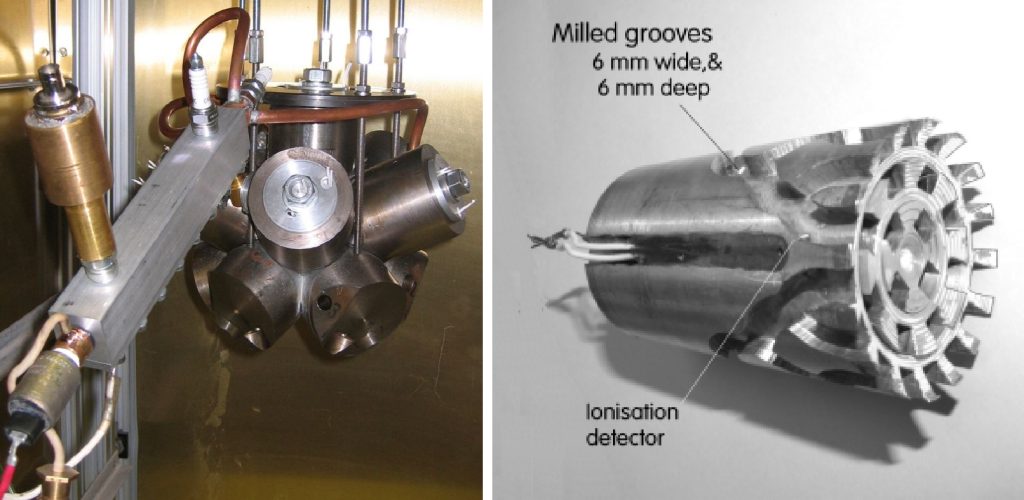
Fig.10. Device for generation of convergent detonation wave and channel system detail.
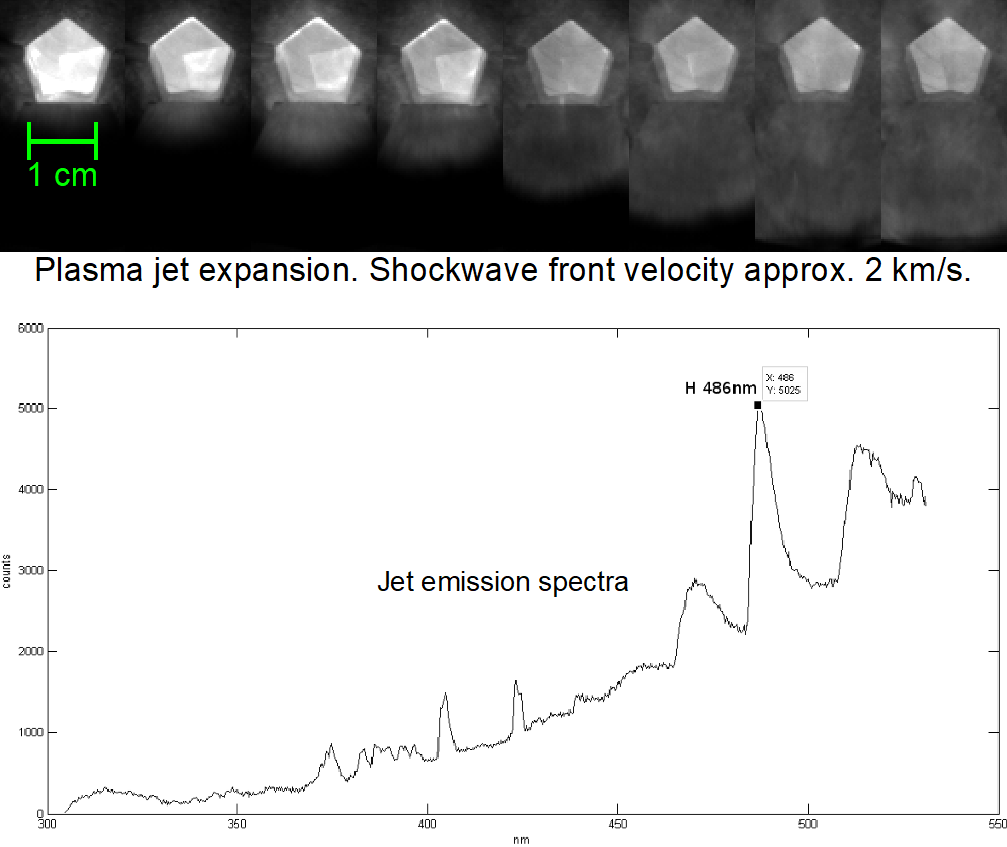
Fig.11. Record of plasma jet expansion and its optical spectra.
- Hi-speed Camera Phantom 7510 V7.3M
- Spectroscope Horiba (Jobin Yvon) iHR 320
- Color camera SensiCam
- Oscilloscope Lecroy HDO4104A
- Argon plasma torch
- Air cutting plasma troch systém with rotating anode
- Optical system for simultaneous observation of plasma jets from multiple directions
- 3D printer for resins with UV curing from the company 3DJAKE
- Anycubic Wash & Cure 2.0
- Phrozen Sonic Might 4K - 3D printer Průša for plastics - 3D Prusa PRI-MK3S-KIT - ORG-PEI
- Printer for the production of 2D printed circuits Voltera V-one with drill
- Oscilloscope PICOSCOPE 3405D - 2pcs
- Function generator OWON AG4151 - 2pcs
- Laboratory power supply three-channel 2x 0-60V / 3A 1x 0-6V / 3A OWON ODP6033 - 2 pcs
- Single-channel High-power amplifier amplifier E617.001
- Four-channel amplifier PD200X4 with voltage range -50/140
- Taylor test for dynamic material testing (custom design)
- Laser vibrometer CVL-2000 with CVL-800 optics
Available topics of PhD Theses:
R. Kolman - Numerical methods in dynamics of shell and membranous smart structures, FS - CTU Prague
R. Kolman - Dynamic behaviour of materials and their parameter identification by artificial intelligence, FS - CTU Prague
R. Kolman - Stress wave propagation in microstructured materials and optical lenses from multimaterial 3D printing: numerical modelling and experiment, FS - CTU Prague
R. Kolman - Stress wave propagation and modulation in space-time materials, FS - CTU Prague
R. Kolman - Dynamics of controllable metamaterials, FS - CTU Prague
R. Kolman – Controllable mechanics of soft materials, FD - CTU Prague
R. Kolman - Numerical methods of impact mechanics, FD - CTU Prague
